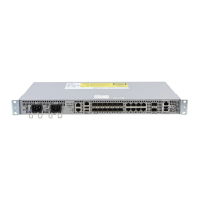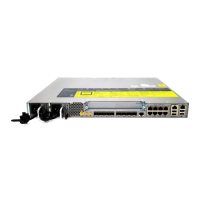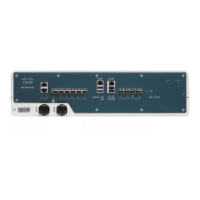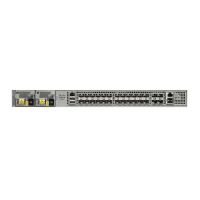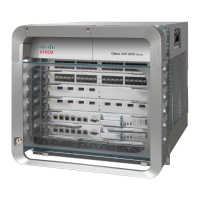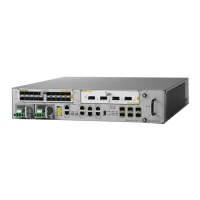after a specified rate limit has been reached; for example, a system administrator can limit all TCP/TELNET
packets that are destined for the control plane.
Figure 1: Abstract Illustration of a Router with a Single RP and Forwarding Plane
The figure above provides an abstract illustration of the router with a single RP and forwarding plane. Packets
destined to the control plane come in through the carrier card and then go through the forwarding plane before
being punted to the RP. When an input QoS policy map is configured on the control plane, the forwarding
plane performs the QoS action (for example, a transmit or drop action) before punting packets to the RP in
order to achieve the best protection of the control plane in the RP.
As shown in “Control Plane Policing Overview” section, the control plane interface is directly connected
to the RP, so all traffic through the control plane interface to or from the control-plane is not subject to
the CoPP function performed by the forwarding plane.
Note
Supported Protocols
The following table lists the protocols supported on Control Plane Policing feature.
Queue#MatchCriteriaSupported Protocols
NQ_CPU_HOST_Qpermit udp 64.202.160.0
0.0.1.255 eq 69 any
permit udp 64.202.160.0
0.0.1.255 any eq 69
IP/Port MatchTFTP - Trivial FTP
NQ_CPU_CONTROL_Qpermit tcp 169.223.252.0
0.0.3.255 host
169.223.253.1 eq telnet
permit tcp 169.223.252.0
0.0.3.255 eq telnet host
169.223.253.1
IP/Port MatchTELNET
QoS: Policing and Shaping Configuration Guide (Cisco ASR 920 Series)
31
Control Plane Policing
Supported Protocols
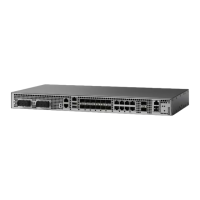
